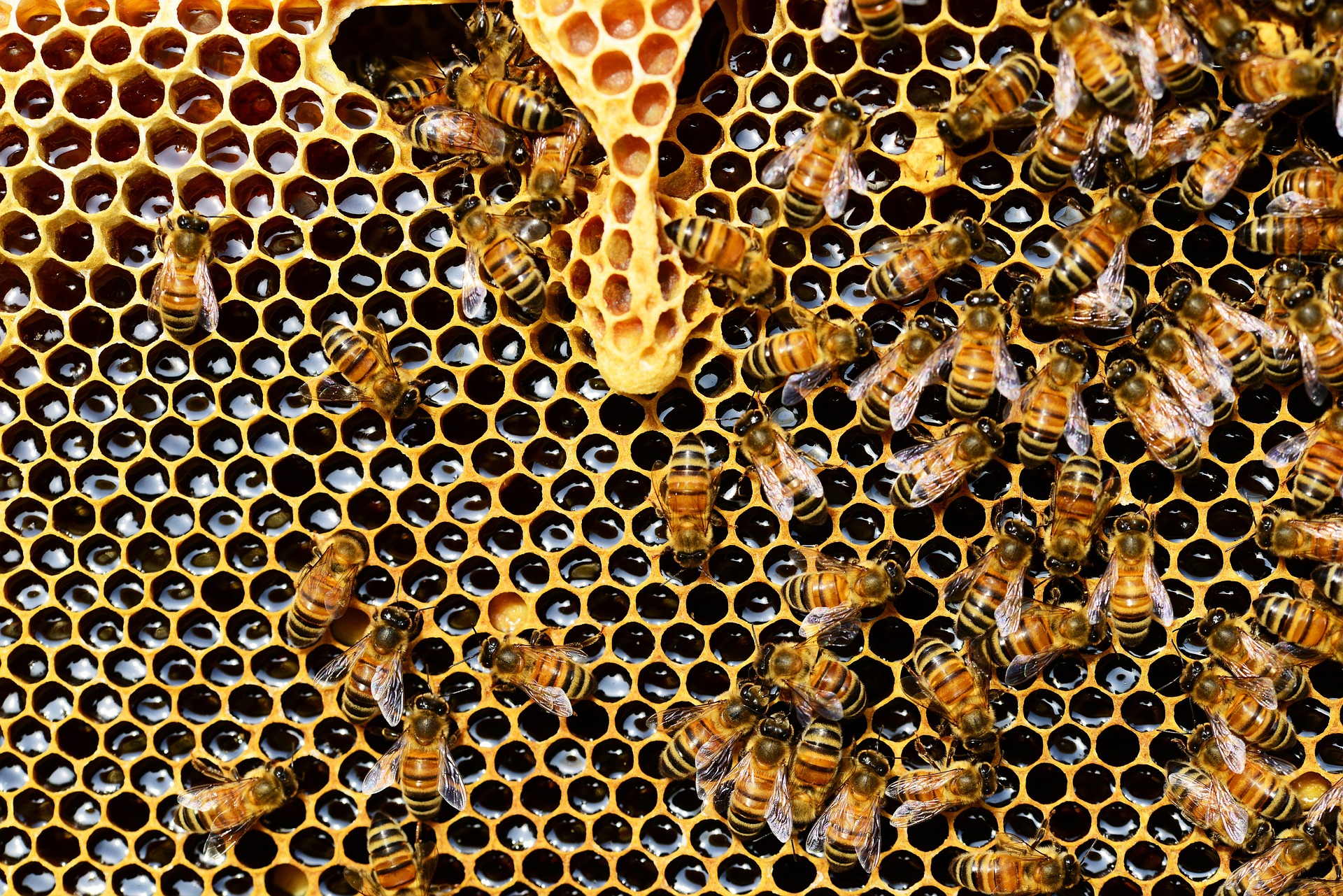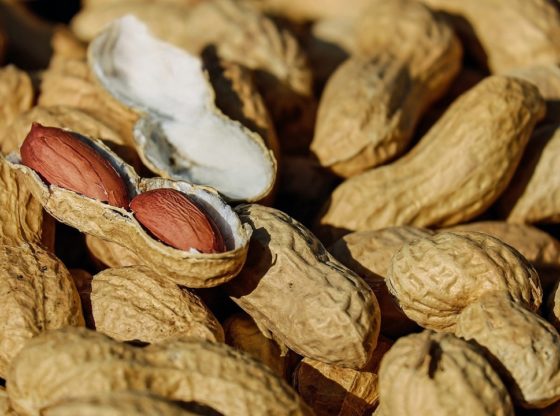What we eat affects our intestinal flora. This is nothing new, but the intestinal bacteria are affected more by our diet than researchers thought.

Not far from the Serengeti in Tanzania, the Hadza lives, a community of about 1,300 people. A small group that attracts a lot of scientific attention, Scientists test evolutionary hypophysis for insomnia.
Researchers from Stanford University have investigated the intestinal flora of the Hadza people and according to the Stanford researchers, they are extra interesting because many still live in a traditional hunter and gatherer culture, which means that their diet varies greatly depending on the seasons.
Since hunting and gathering were humanity’s first and most successful adaptation, occupying at least 90 percent of human history. What the Hazda eats today is, therefore, still very relevant for humans across the planet, who once displaced or conquered traditional peoples, introducing farming or pastoralism around 10,000 to 15,000 years ago.
The researchers compared the microbiomes of hunter-gatherers with those of people in different societies in the western world and are thereby able to learn how diets influence the gut flora.
It was found that the bacterial flora changed radically and rapidly between the different seasons among the Hadza. Some bacteria almost disappeared during the dry season and returned during the wet monsoon season.
In the dry season, the Hazda dig for tubers and eat lots of meat, because it is easier to hunt for animals on a parched landscape. In the wet season, they forage for berries and harvest honey from beehives. They eat no processed food — or food that comes from farms.
In comparison with samples from, among others, Americans and Italians, the Hadza people had a completely different composition of bacteria, where several bacterial strings, for example, Spirochaetaceae, is barely found in the western world today.
The Hadza also eats lots of fibers and the researchers noticed that had more enzymes with the ability to break down plant material. The Hadza get 100 or more grams of fiber a day in their food, on average, according to the researchers.
In the study, 350 samples were collected from 188 people over a twelve-month period.
Reference:
Sonnenburg et al. Seasonal cycling in the gut microbiome of the Hadza hunter-gatherers or Tanzania Science, August 25, 2017. Doi: 10.1126 / science.aan4834.











![OpenAI. (2025). ChatGPT [Large language model]. https://chatgpt.com](https://www.illustratedcuriosity.com/files/media/55136/b1b0b614-5b72-486c-901d-ff244549d67a-350x260.webp)
![OpenAI. (2025). ChatGPT [Large language model]. https://chatgpt.com](https://www.illustratedcuriosity.com/files/media/55124/79bc18fa-f616-4951-856f-cc724ad5d497-350x260.webp)
![OpenAI. (2025). ChatGPT [Large language model]. https://chatgpt.com](https://www.illustratedcuriosity.com/files/media/55099/2638a982-b4de-4913-8a1c-1479df352bf3-350x260.webp)








